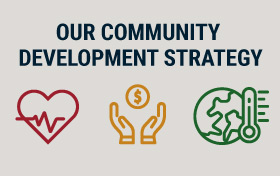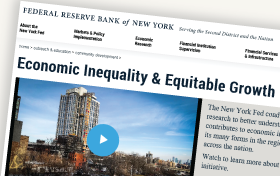
CDFIs, which provide financing in low-income communities, report increased demand for their products. But these mission-driven financial institutions say that they are unable to fully meet demand for loans.
The New York Fed’s Community Development team is studying the role a more robust secondary market for loans originated by CDFIs could play in increasing the sources of capital available to CDFIs, which include loan funds, credit unions, and banks. Certified CDFIs are eligible for competitive federal awards to finance lending including mortgages for first-time homebuyers.
The Community Development team’s latest publication on CDFIs, “Examining the Origination and Sale of Loans by Community Development Financial Institutions,” sets out to benchmark the current state of loan origination and sale by CDFIs.
The report finds that loans originated by CDFIs more than doubled between 2018 and 2022, reaching $67 billion. The amount of loans sold by CDFIs also more than doubled for the same period, reaching $14.2 billion, the report finds.
Additionally, the report finds:
- The ten most active CDFIs originated over 25% of the total dollar value of CDFI loan origination and nearly 75% of the dollar value of CDFI loans sold in 2022. This suggests that while many CDFIs sell loans, they tend not to do so programmatically, except the most active CDFI sellers, the authors said.
- CDFIs originated at least $32 billion of residential loans in 2022, representing nearly half the total volume of CDFI loan originations across the collateral types for which the authors have data, the report finds. Residential loans made up to 90% of the total volume of loans sold by CDFIs on the secondary market, the report finds.
An August 2023 report by the Community Development team,“Sizing the CDFI Market: Understanding Industry Growth,” found that the number of CDFIs grew 40% over the five years ending in 2023.












